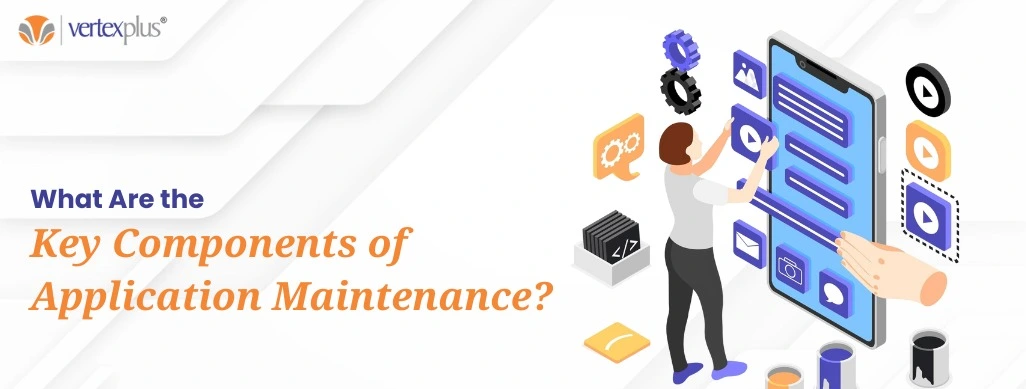
We use cookies to ensure that we give you the best experience on our website.
By using this site, you agree to our use of cookies. Find out more.

To create an application that people will enjoy using marks a real milestone, but true work begins once the app is put in hand. Applications need regular admittance, however, to be reliable, matched, and secure towards the expectations of users, just as any other business tool. With no ongoing maintenance, even the most structured apps might someday develop vulnerabilities and become obsolete.
This is where application support and maintenance come into play. From fixing bugs to keeping up with software updates and user feedback, maintaining an app is about its continued performance at its best.
The article breaks down key components of effective application maintenance and their importance for long-term success and how the right kind of support can help your business grow.
Every single application, no matter how beautiful and well designed it is, is found to be not perfect and will one day surely feature bugs and various issues. From minor bugs to the major systemic ones, things can go wrong and usually do. Regular maintenance can ensure your application's reliability, user-friendliness, and environment security.
Here are a few compelling reasons application support and maintenance should never be overlooked:
This is where a maintenance strategy comes into play. Let�s explore the core components of application support and maintenance that make it effective.
These are some of the most important elements that constitute an effective application support and maintenance process:
These maintenance components should be implemented with the right tools and frameworks; many of the best IT consulting companies in India execute DevOps, robust monitoring dashboards, and automated CI/CD pipelines to assure consistent maintenance outcomes.
VertexPlus, for instance, uses advanced performance monitoring tools, cloud management solutions, and end-to-end testing environments to ensure applications remain resilient, scalable, and responsive across various operational scenarios.
The maintenance of applications is not about tools alone; it is a way of doing things. Here are some best practices:
Many enterprises are lured into thinking application maintenance is optional. Regular maintenance, however, can have dire consequences:
Whichever way you look at it, a proactive maintenance schedule will seem like an investment in the beginning, but it pays off by preventing greater losses as one goes further down the timeline.
Not every support provider is created equal. When selecting a technical partner, seek the following:
Some of the best IT consulting companies in India provide scalable and flexible support packages designed to match the ever-changing needs of your app. Companies like VertexPlus specialise in full-lifecycle application management from development to ongoing support so that your digital investments deliver value over time.
Application maintenance is not a one-off thing; it is a continuous process that supports your application in performance, security, and user experience. Knowing these key components, such as corrective, adaptive, perfective, and preventive, can help you devise a strategy to keep the application healthy, maintainable, secure, and ready for whatever lies ahead.
Looking to optimise your mobile or web application with professional and round-the-clock support? Partner with experts in application support and maintenance today to protect your digital assets.
Leave a Comment
Your email address will not be published.